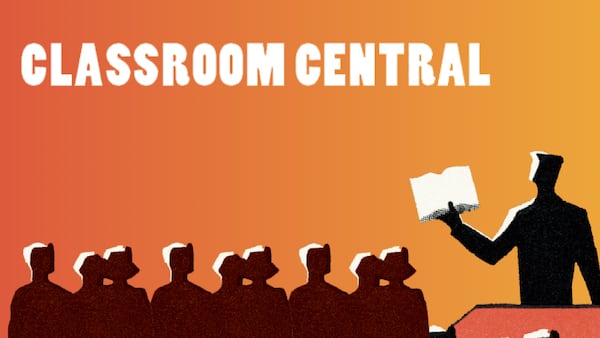IN the 1960s, Ireland was a country caught in the crossfire between remaining in its traditional ways or pursuing a new modern, radical image. It was a time when a national desire for change and progression had never been greater. Yet the struggling politics of the 1960s hindered any chance of real progress. The Catholic Church still held a vicelike grip over Irish governmental affairs, maintained order over Irish daily life, and controversially, still retained control over the primary and secondary education systems.
However, across the globe there were tensions brewing among university students. From America and Paris, to UCD on Earlsfort Terrace, students were beginning to speak out. Throughout the 1960s, student protests were starting to gain international coverage, with an anti-capitalist ideology growing amongst campuses, and an anti-war movement beginning to form.
In the United States, American students began their campaign of opposition against Vietnam, while the civil rights and feminist movements began to build up support. In UCD, this call for action was no different, with tensions culminating in a series of protests during 1968 and 1969 which arguably changed the face of the university, becoming known as the ‘gentle revolution’.
“Any of the staff in the subsequent years longed for 68/69 because there was so much energy and excitement,” says journalist Kevin Myers, a UCD student during the late 60s and one of the leading voices during the gentle revolution. “We broke everything we could.”
In 1968, a group of UCD students formed the Students for Democratic Action, or SDA, a group with radical reform in mind. From their inception, they held mass meetings and protests, in clear opposition to the college authorities. Historian Felix Larkin, who was a first year student at the time, recalls these mass gatherings of students:
“Classes were suspended and all of that for periods during the sit-ins,” he remembers. “The Great Hall… it was packed with students, but you could wander in and out or wander around.” The number of students that took part in these ‘teach-ins’ were low in comparison to the student population of the time, yet large enough to attract the university’s attention.
To read the rest of this article, please follow this link: http://on.irishtimes.com/7g1Ij4D












